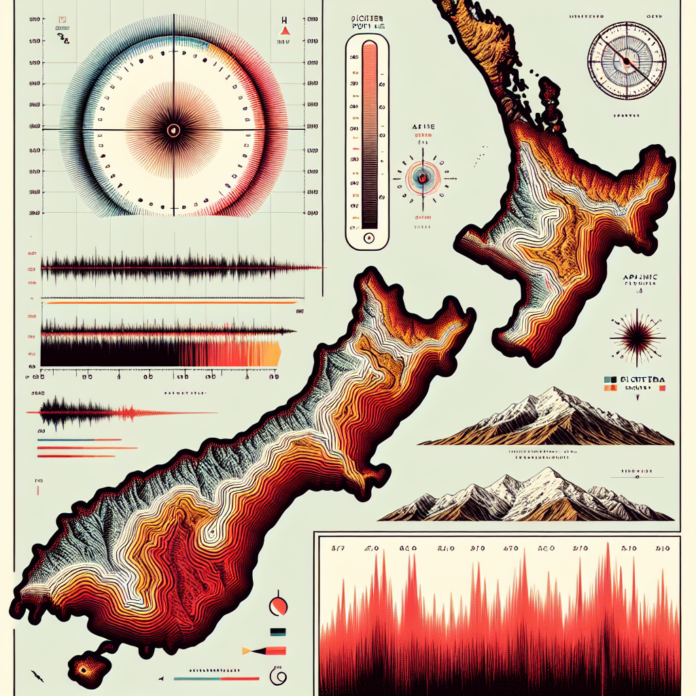Understanding Alpine Fault’s Previous Quake for Future Preparedness
Understanding the Dynamics of the Alpine Fault: Preparing for New Zealand’s Next Major Earthquake
New Zealand is renowned for its stunning landscapes, but this beauty comes with a geological price. The country is crisscrossed by numerous fault lines, with the Alpine Fault being one of the most significant. Recent research into the direction and impact of the Alpine Fault’s last major earthquake is helping scientists and authorities better prepare for the next inevitable rupture.
The Alpine Fault: A Ticking Time Bomb
The Alpine Fault runs for about 600 kilometers along the spine of New Zealand’s South Island. It marks the boundary between the Pacific and Australian tectonic plates, and its activity has shaped much of the region’s dramatic topography. Historically, the fault ruptures approximately every 300 years, with the last major event occurring in 1717. This means the region is due for another significant seismic event.
Insights from Historical Data
Recent studies have focused on understanding the direction and characteristics of the fault’s last big quake. By examining sediment deposits and other geological evidence, scientists can reconstruct the event’s dynamics. Understanding whether the rupture propagated northward or southward, and the scale of ground shaking, is crucial for forecasting future impacts.
Implications for Disaster Preparedness
The insights gained from these studies are invaluable for New Zealand’s disaster preparedness strategies. Accurate predictions about the fault’s behavior can inform infrastructure design, emergency response planning, and community education programs. This proactive approach is essential for minimizing the potential human and economic impacts of a future earthquake.
Technological Advances in Earthquake Monitoring
New Zealand is investing in advanced monitoring technologies to better understand and predict seismic activity. The GeoNet project, a collaboration between the New Zealand government and the private sector, is enhancing the country’s seismic monitoring network. This includes installing more seismographs and GPS stations along the fault to capture real-time data.
Community Engagement and Resilience Building
Community engagement is a critical component of earthquake preparedness. Local authorities are working with communities to develop resilience plans and conduct regular drills. Education campaigns aim to raise awareness about the risks and encourage households to prepare emergency kits and evacuation plans.
The Global Context
The research and preparedness efforts in New Zealand are part of a broader global initiative to understand and mitigate natural disaster risks. By sharing data and strategies with other countries facing similar threats, New Zealand contributes to a collective effort to improve the resilience of communities worldwide.
In conclusion, the direction and characteristics of the Alpine Fault’s last major earthquake provide essential insights for New Zealand’s future preparedness. As research and technology continue to advance, the country is better equipped to face the challenges posed by its dynamic geological environment. By fostering a culture of readiness and resilience, New Zealand sets a benchmark for other earthquake-prone regions around the globe.

